
They came to Washington, D.C., in the spring of 1968, by the thousand — young and old, black and white, traveling in buses and cars and mule trains. Some had left homes in the rural South. Others came from cities like Memphis, Chicago and Los Angeles. Most were African Americans, but Latinos, white, and members of half a dozen Native American nations were on hand as well. Virtually all of them were poor. Although Martin Luther King and the Southern Christian Leadership Conference (SCLC) had summoned them to the nation’s capital, the movement belonged to them. This was the Poor People’s Campaign (PPC).
They were often called “the invisible poor.” But they came to Washington determined to be seen and heard by their government and by the nation as a whole. They had answered King’s call because they shared his conviction that the nation’s progress toward racial equality and economic justice had stalled. Indeed, King believed that the nation was in crisis. He pointed to signs that couldn’t be missed — millions of citizens of the world’s richest nation living in grinding poverty; violent eruptions of rage and frustration in black inner cities; an immoral war in Southeast Asia that siphoned away resources from anti-poverty programs at home while spreading suffering and death abroad. During the December 1967 press conference at which the SCLC launched the PPC, King told reporters that America was in the grips of “a kind of social insanity.”
King was convinced that a renewed campaign of civil disobedience — in his words, “a new kind of Selma or Birmingham” — would recalibrate America’s moral compass and force the government to address the needs of the poor. He felt that the campaign’s demands for jobs for every able-bodied worker and for a decent income for the elderly and infirm would receive “a sympathetic understanding across the nation.” King pledged to “lead waves of the nation’s poor and disinherited to Washington.” Once there, what he called “militant nonviolent actions,” such as marches and sit-ins, would “dramatize the economic plight of the Negro, and compel the government to act.”
In New York City, Jill Freedman heard King’s call — and she answered. Like King, she sensed that America faced an existential crisis. In a recent interview, she told me that his assassination in April 1968, only weeks before the PPC was scheduled to arrive in Washington, left her devastated and searching for a way to respond. A chance encounter with a campaign organizer in Central Park seemed to supply the answer. Still in her 20s, she quit her job as a copywriter for an advertising agency and left for the nation’s capital with hundreds of others, in what she describes as a “long covered Greyhound wagon train.” Her camera was in her hand. Jill Freedman: Resurrection City, 1968, an exhibition that opens at the Steven Kasher Gallery on Thursday, and her new book, Resurrection City, 1968, showcase the photographs that she made as a participant in the PPC.
Freedman was far from being a professional photographer. At the time, she was little more than an enthusiastic amateur with a darkroom. She was in love with the art and craft of photography, however, and was especially drawn to the way the photo-essays she saw in LIFE magazine, by photographers such as of W. Eugene Smith, told stories about the quiet heroism of ordinary people. She felt that photographs like Smith’s introduced viewers to people and events — and to truths — that they might never have otherwise imagined. Photography like this had the potential to change the world, at least in some small way, and Freedman wanted to play her part. By joining the PPC, she committed herself to documenting the campaign that King had called into being.
Resurrection City, the PPC’s plywood and canvas city-within-a-city that took shape on the Mall in the shadow of the Lincoln Memorial, became the visible symbol of the PPC. For the six weeks of its existence, in May and June 1968, it was also Freedman’s home. The encampment was a magnet for photographers. Scores came and went, and some made compelling photographs. But of those photographers only Freedman lived in the city, from beginning to end, and her pictures stand out from all the others.
Most of the photographers who visited camp were looking for kind of dramatic images that readers of newspapers and magazines had come to expect from civil rights campaigns. Clichés were easy to find — daily marches to government buildings; periodic confrontations with the police; charismatic leaders, such as a young Jesse Jackson. Visits by Sidney Poitier and other celebrities, and concerts by the likes of jazz trumpeter Dizzy Gillespie, also provided photographers occasions for making photographs that instantly caught the eye.

Freedman sometimes photographed scenes like these. It was important, after all, to document the protests and the police. But those aren’t the photographs at the heart of either the exhibition or the book. Avoiding most of the easy drama and all of the celebrities, she offers instead portraits of ordinary people — the women, men and children who were the unheralded heroes of the movement. Freedman’s people are the ones with the muddiest shoes and wettest clothes, the people with the most to gain and most to lose. Her refusal to concentrate on protests and charismatic leaders challenges her viewers. She asks her audience to see the dignity and humanity amid the grime, the anger, and the rain.
Freedman’s photographs of Resurrection City first appeared in the June 28, 1968, issue of LIFE as part of a photo-essay on the PPC. The photographs, five by Freedman and seven by members of the magazine’s staff, focused on the daily lives of the camp’s residents — children play, teenagers flirt, an elderly woman plays a guitar, everyone struggles through the mud. An article by staff writer John Neary that accompanied the photo-essay contained some of the most insightful reporting on Resurrection City to appear anywhere. He knew that the women and men who made up the PPC simply wanted their share of the American dream — “dignity, a future, a chance for their kids, a modicum of happiness.” He understood knew that the campaigners were in Washington to assert their rights, not to plead for them. They had come to the capital and built their city in order to “demand an end to poverty and violence, to demand a meaningful job for every employable person, and end to hunger and malnutrition that scarred their lives.” Neary admitted that he didn’t know what would become of the people of Resurrection City and their campaign, but he was sure that they intended “never to be invisible again.”
It is now nearly half a century since Freedman made her photographs of the PPC. That may not be forever, but it’s long enough to suggest that her images of the no-longer-invisible poor have become an indelible part of the nation’s historical record.

John Edwin Mason teaches African history and the history of photography at the University of Virginia. He is writing a book on the photographer, writer, and filmmaker Gordon Parks. This piece is adapted from “Seeing Resurrection City, Seeing the Poor,” Mason’s introduction to Freedman’s new book, Resurrection City, 1968.
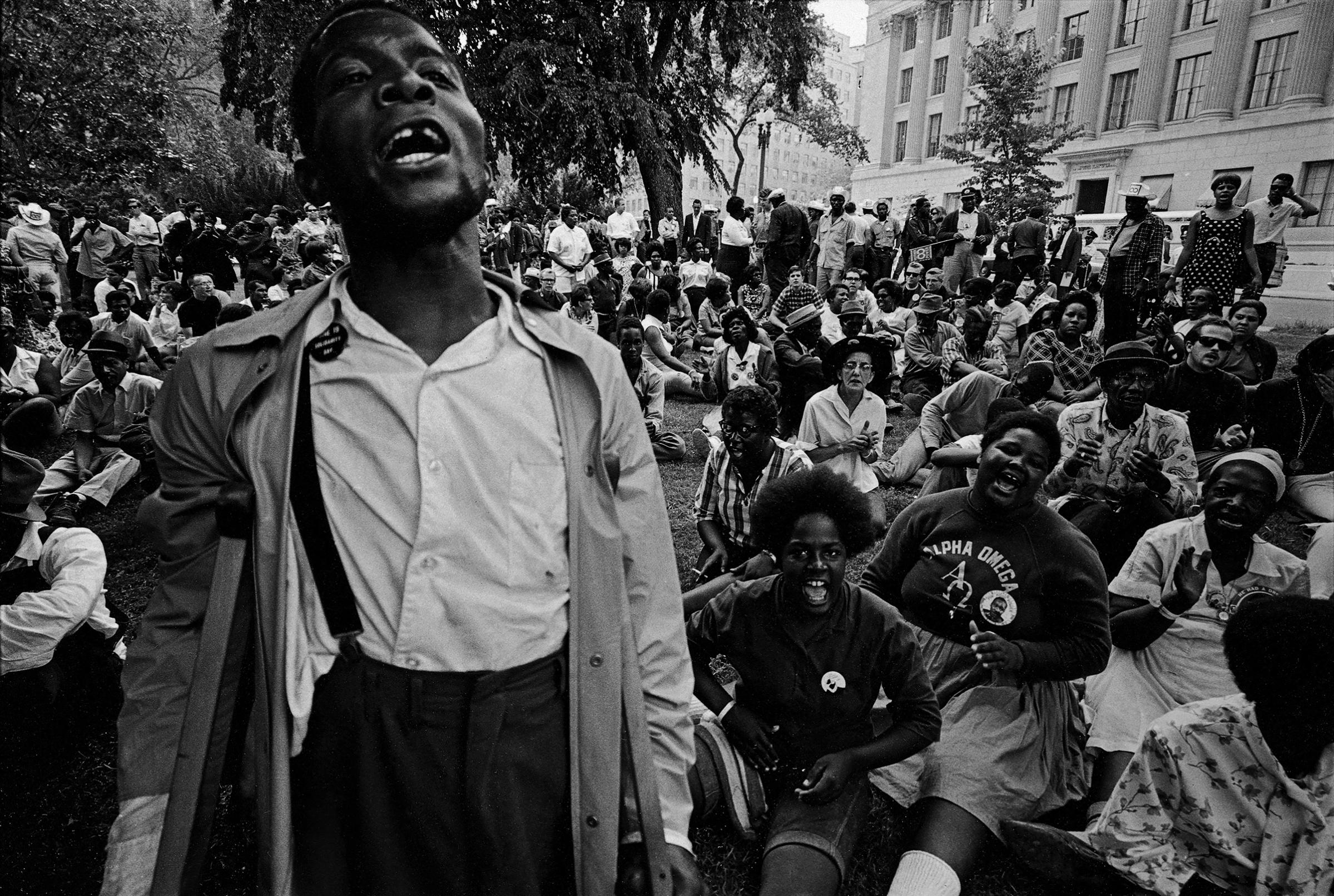
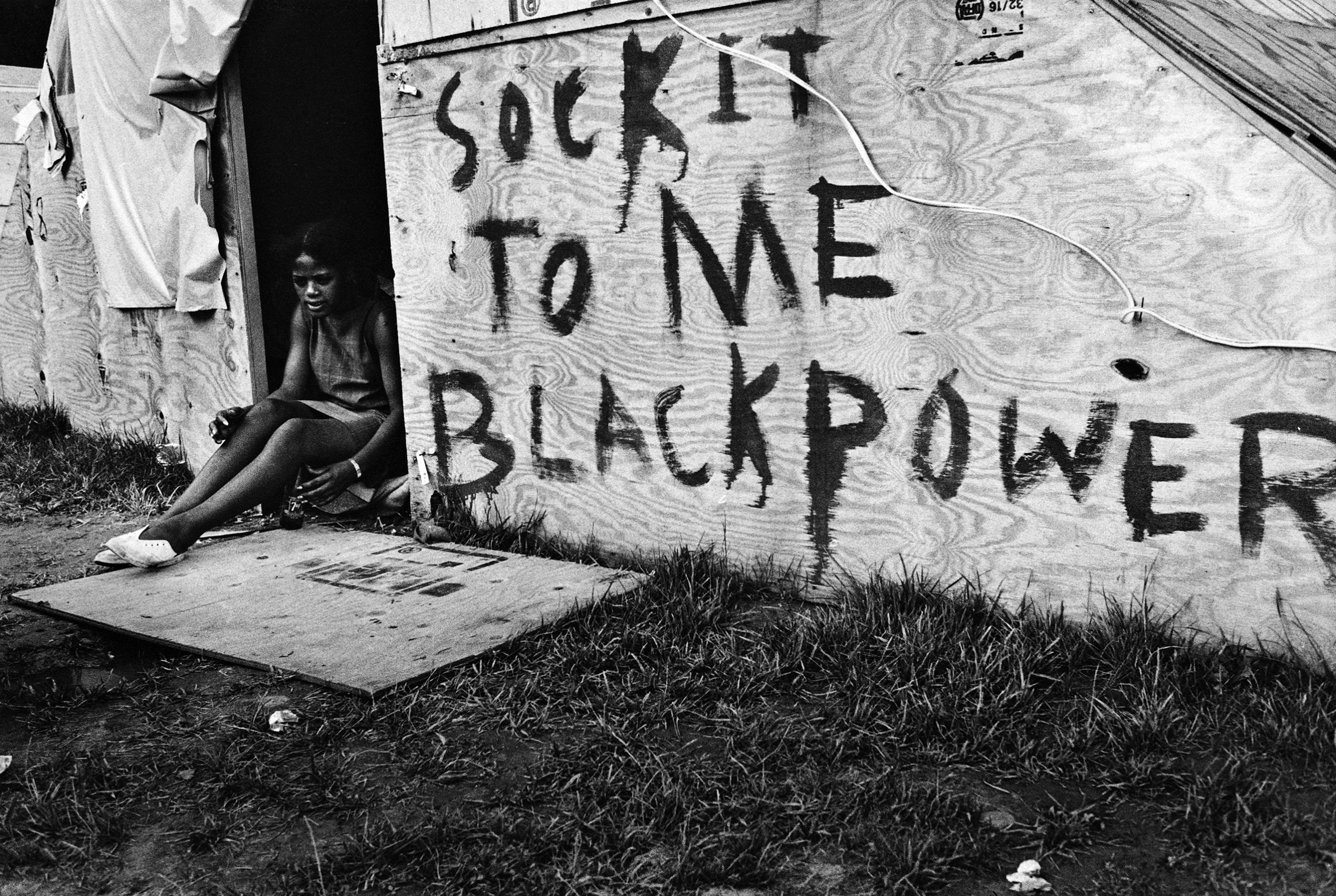


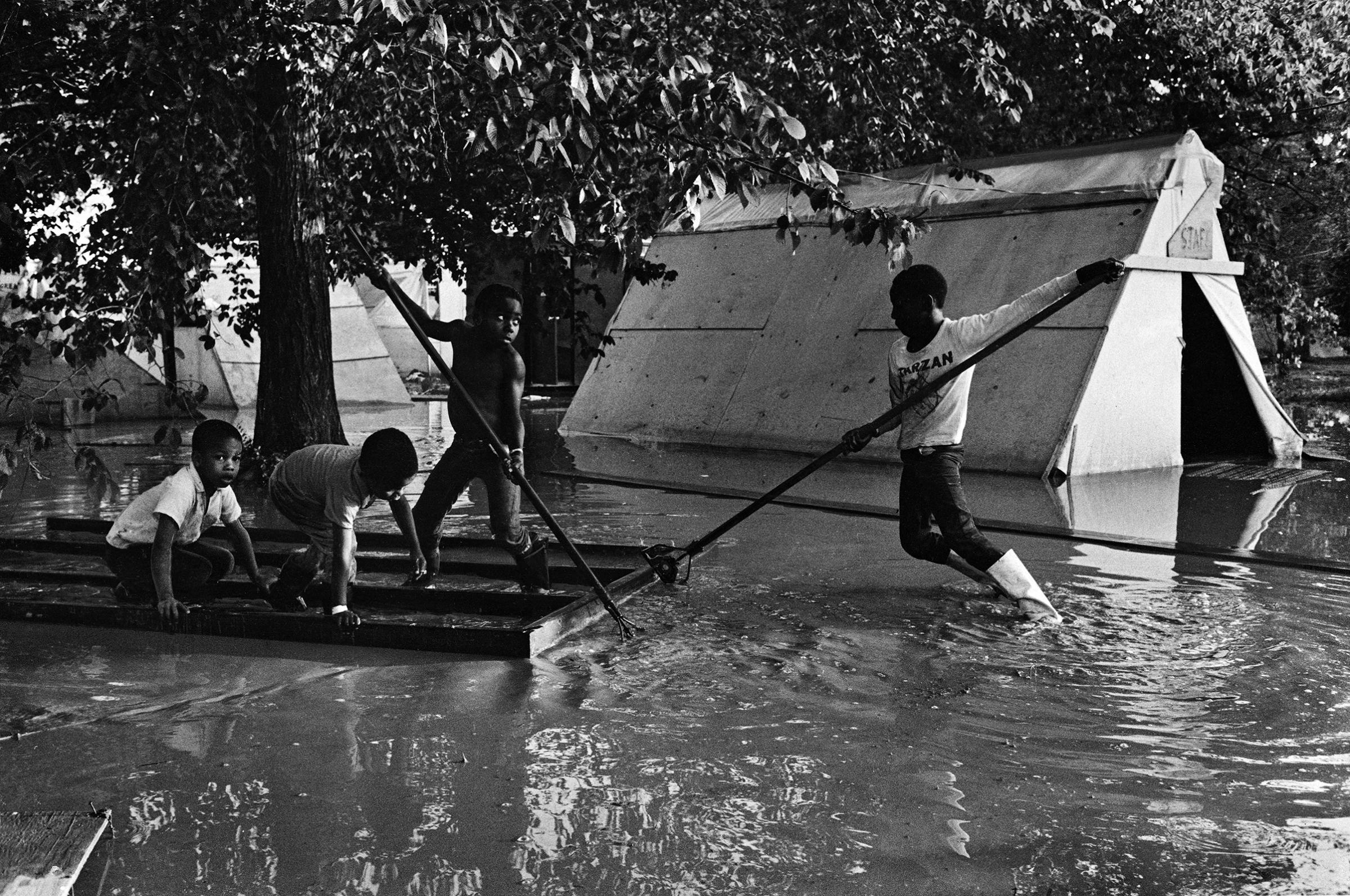
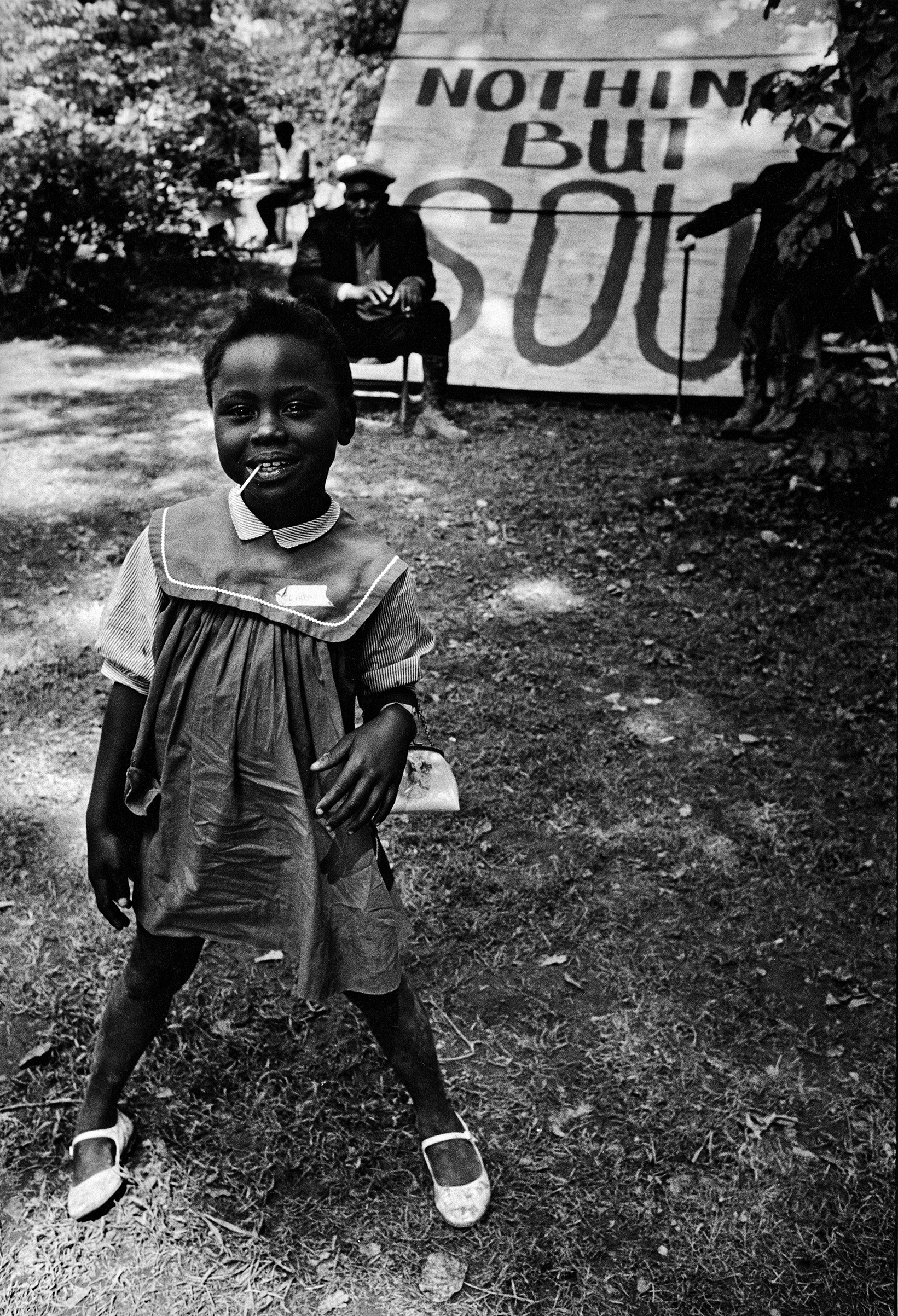
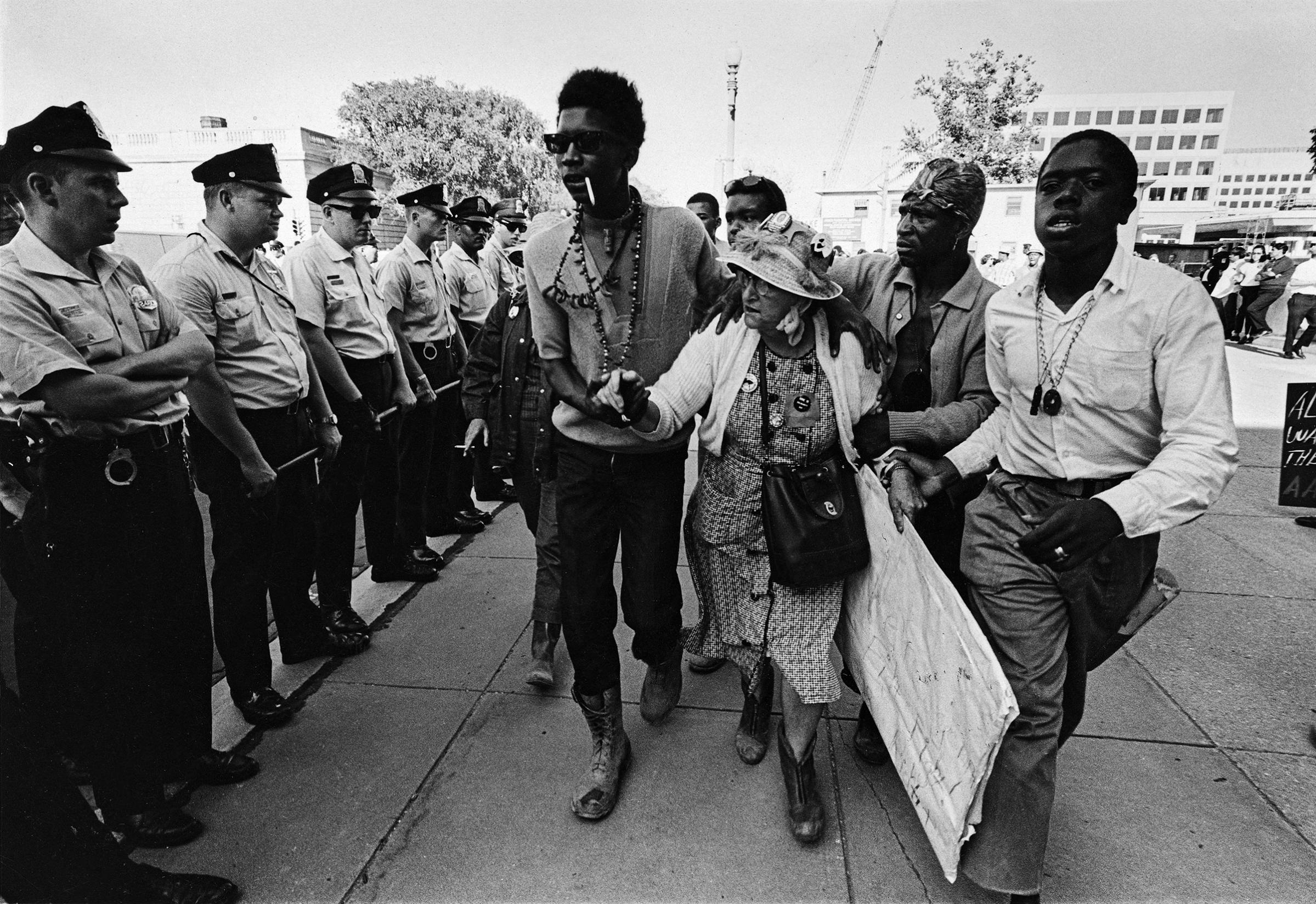

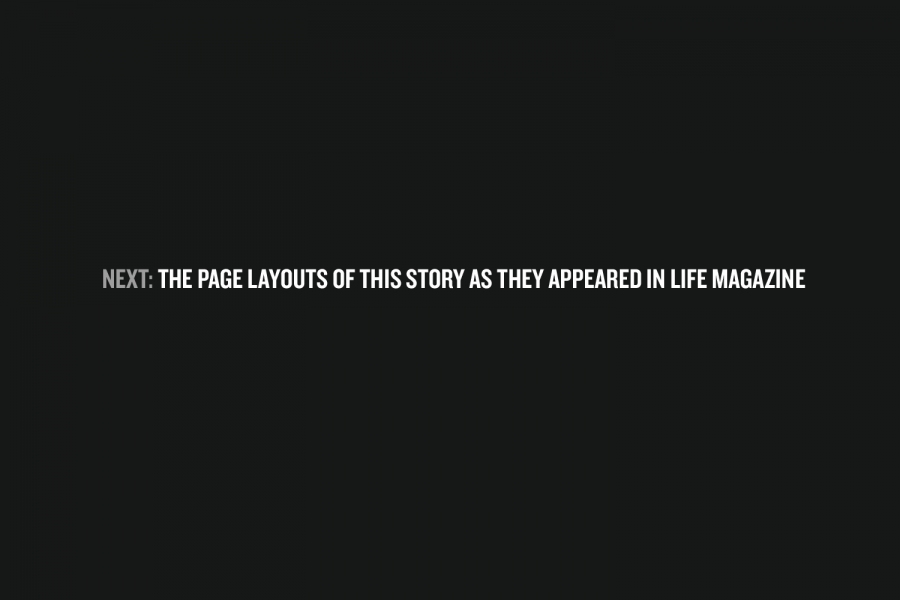
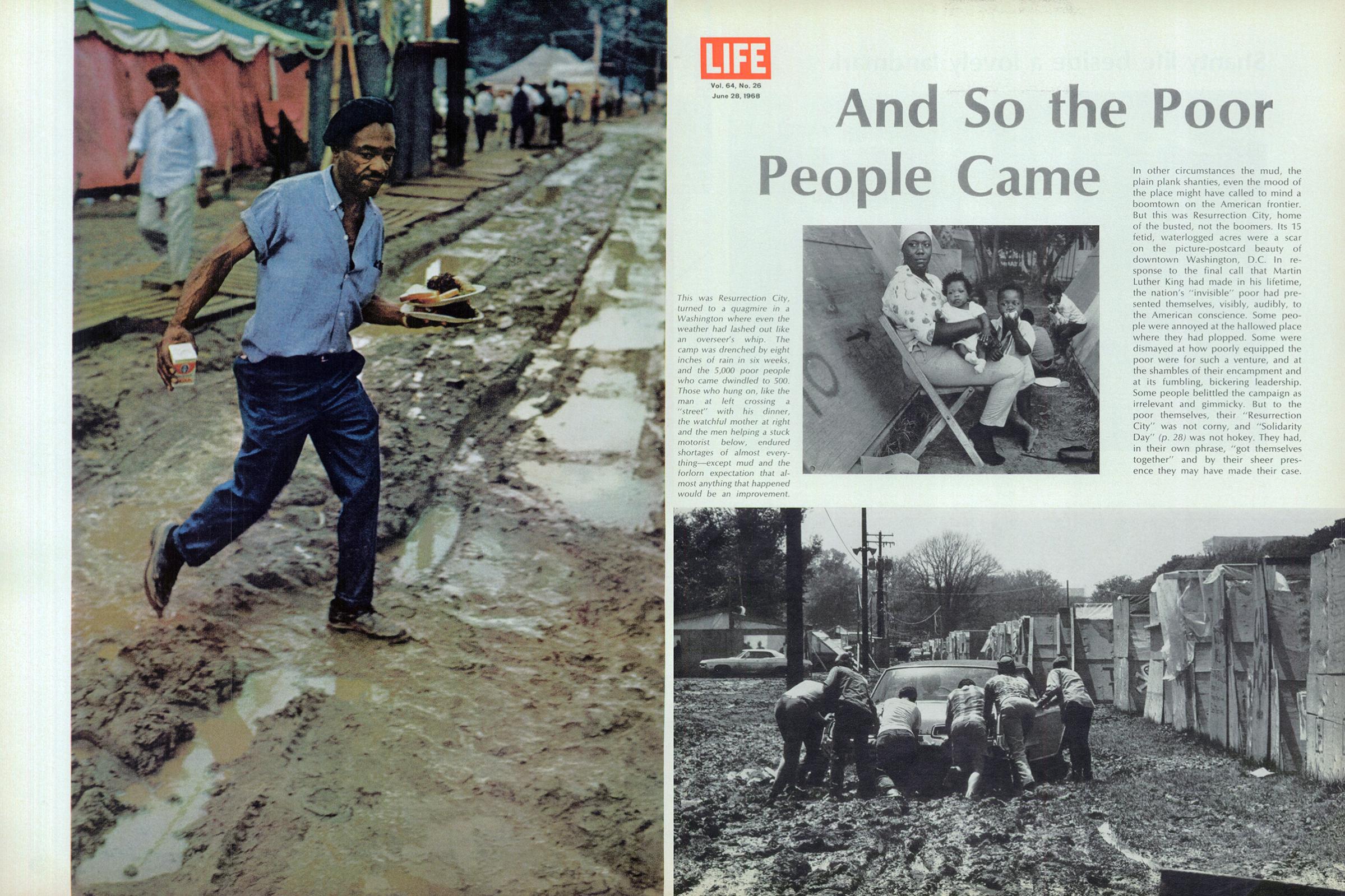
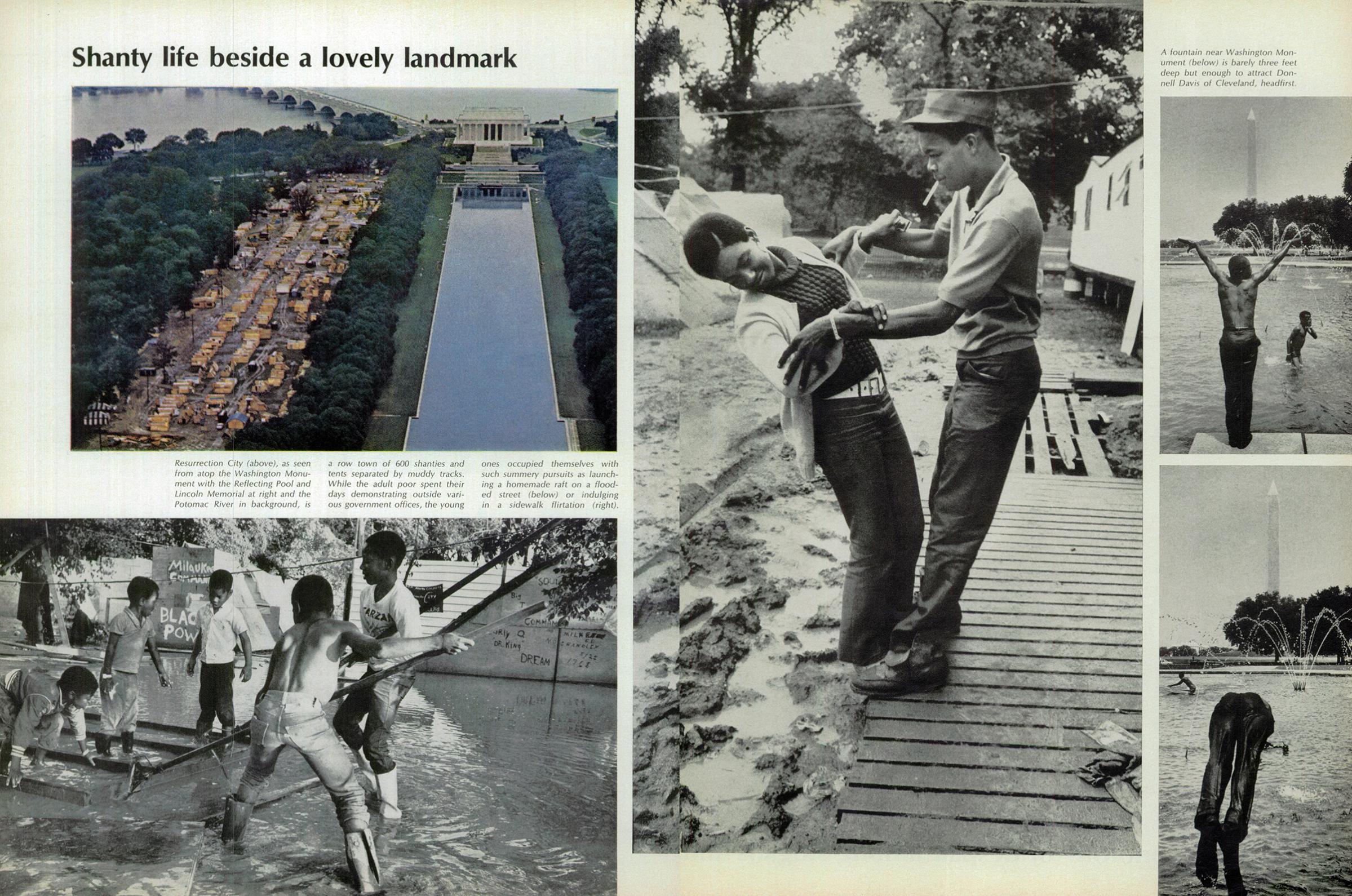

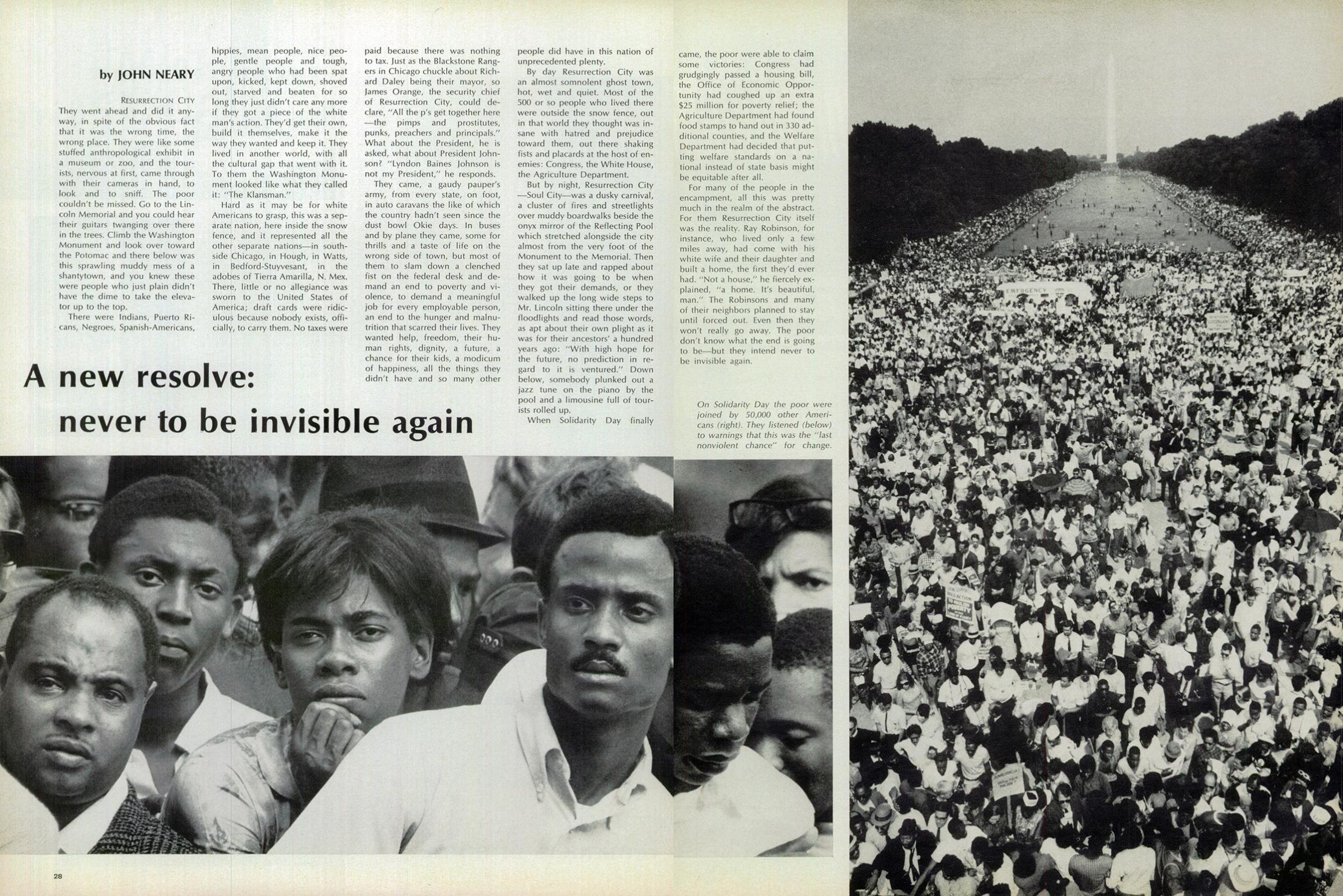
More Must-Reads From TIME
- The 100 Most Influential People of 2024
- Coco Gauff Is Playing for Herself Now
- Scenes From Pro-Palestinian Encampments Across U.S. Universities
- 6 Compliments That Land Every Time
- If You're Dating Right Now , You're Brave: Column
- The AI That Could Heal a Divided Internet
- Fallout Is a Brilliant Model for the Future of Video Game Adaptations
- Want Weekly Recs on What to Watch, Read, and More? Sign Up for Worth Your Time
Contact us at letters@time.com